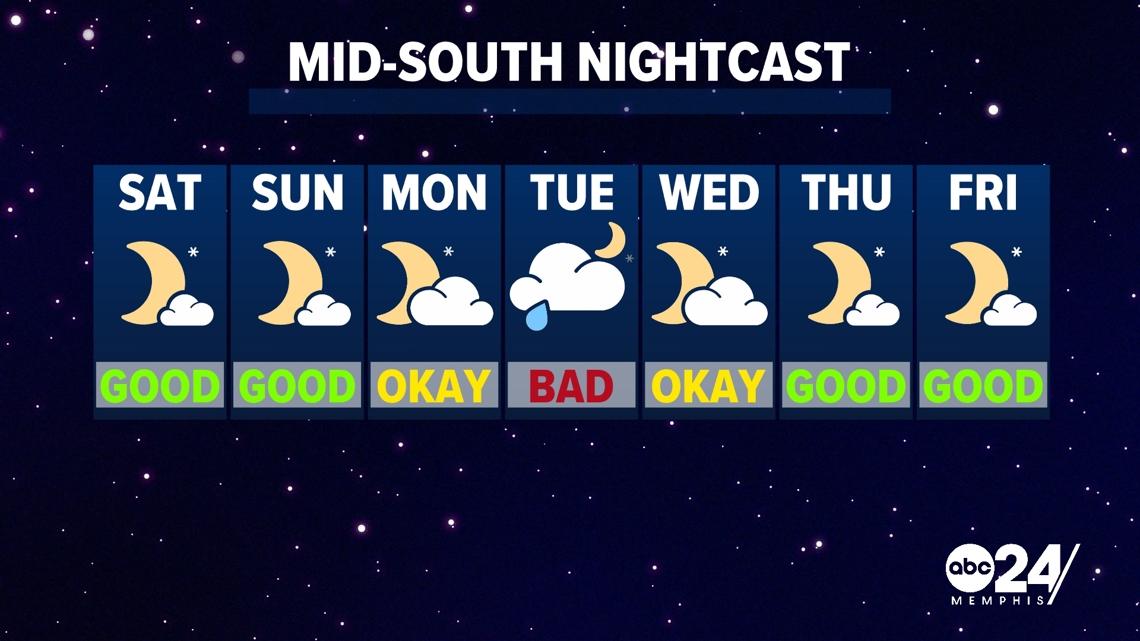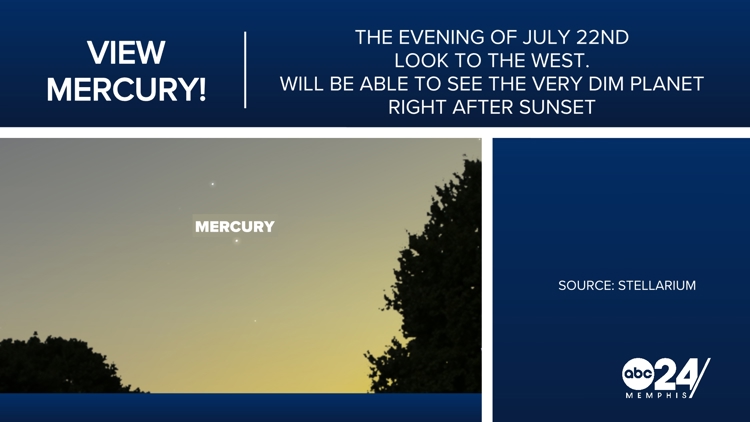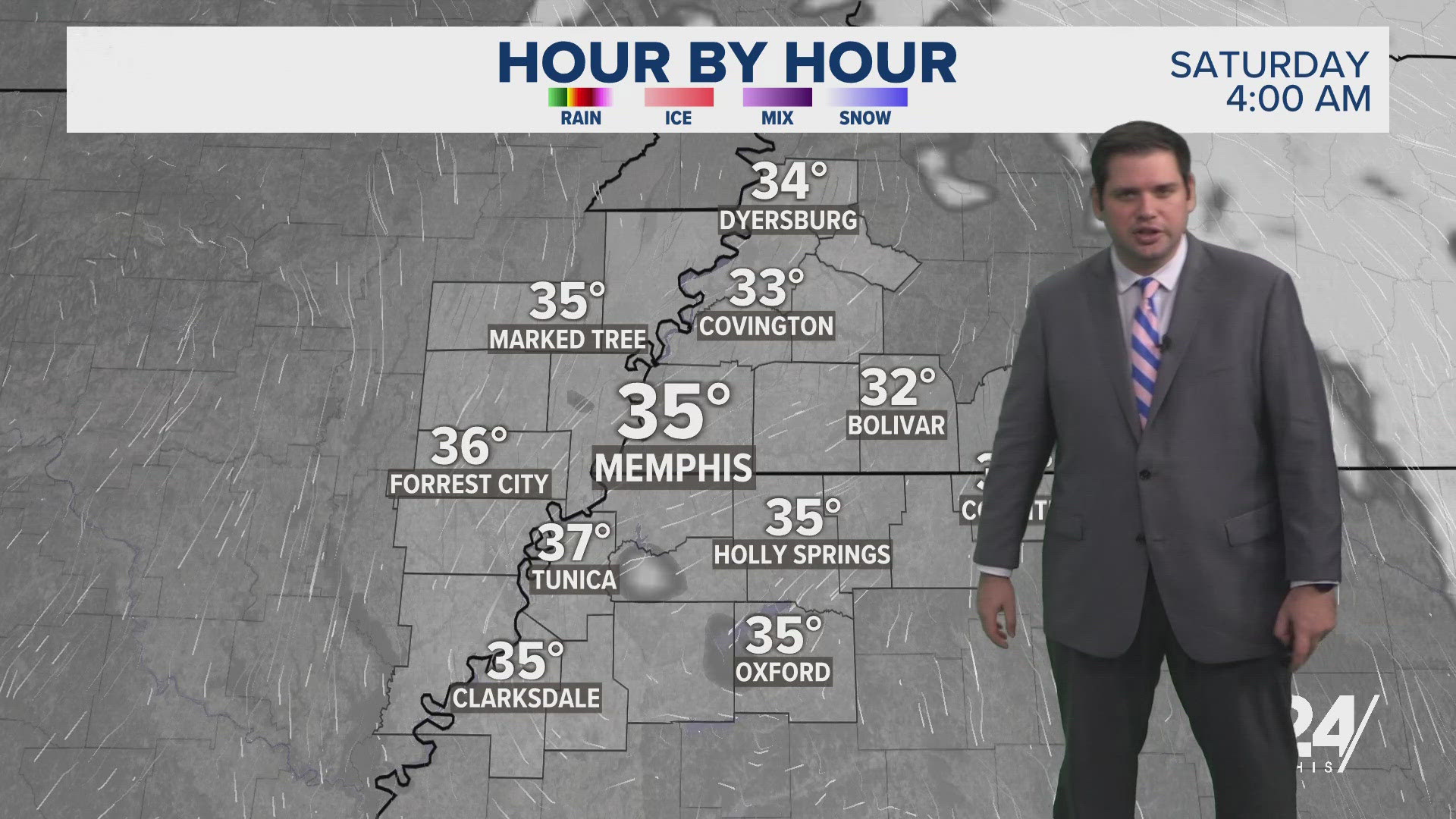MEMPHIS, Tenn. — The month of June didn't feature too much to look at in our night sky outside of some general stargazing. Thankfully that changes as we go into July and eventually into August.
Looking at last month, we did still get some great photos of the moon in the night sky from our ABC 24 Weather Watchers. To be featured in the monthly night sky update, make sure to send in any photos you get of our nights!

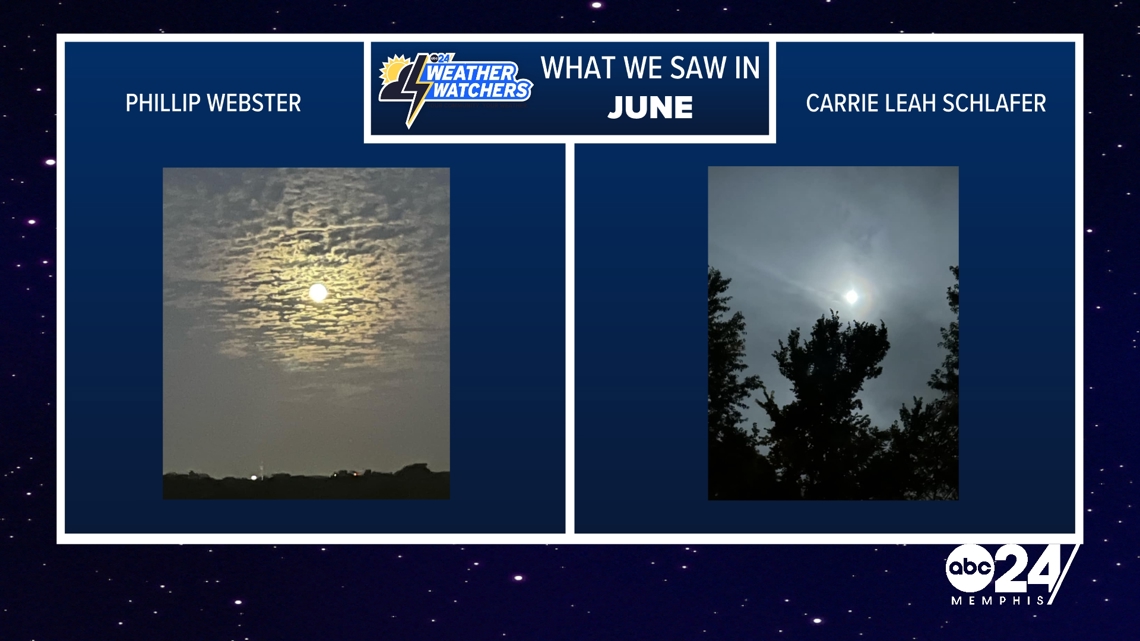
As we start off the month, we are looking at some great passes of the International Space Station. The first is visible on the 8th at 10:10 PM and will travel from the southwest to the northern sky.
The best pass of the week will occur on the 9th around 9:22 PM and will travel directly overhead. Clouds may be an issue on this day but we will be hoping for maybe a few breaks in the clouds.

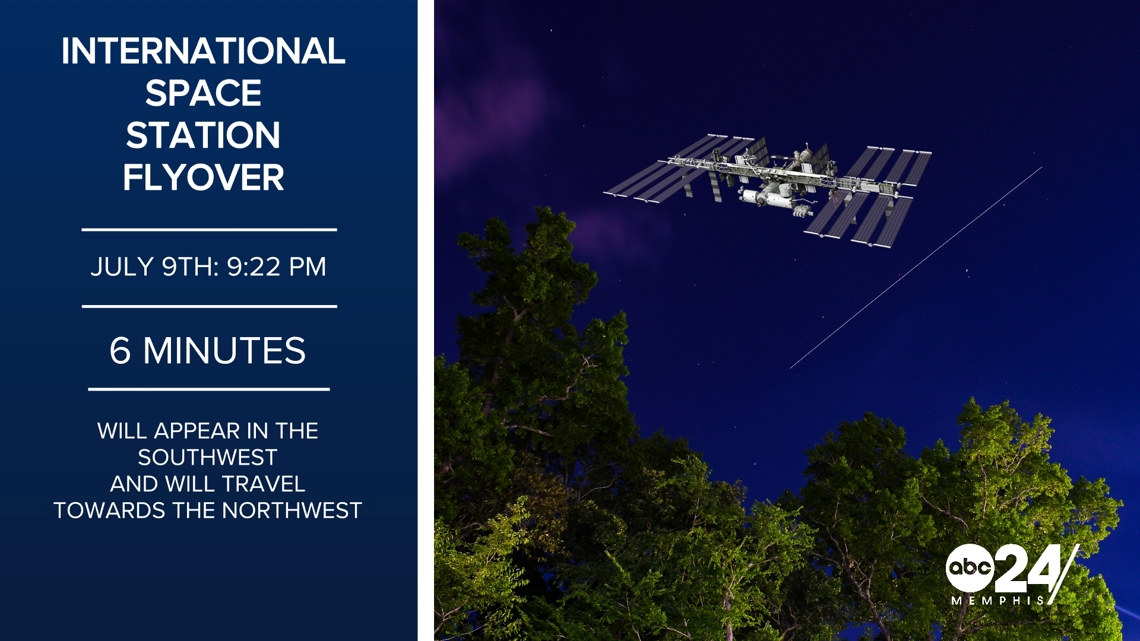
As we move later on into the month, we will encounter the Full Moon for the month. This will take place on the morning of the 21st. Known as the Buck Moon for the deer that grow antlers this time of the year, you will be able to see this Moon right after sunset.

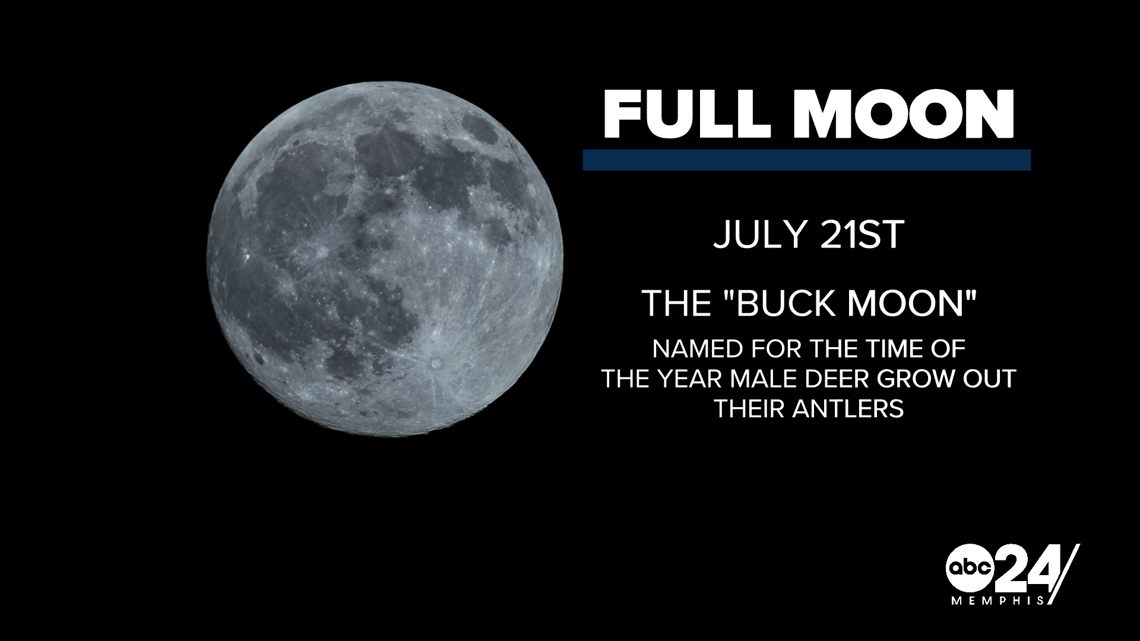
The next day we will be able to see one of the harder planets to see in our night sky. Mercury will be just high enough above the horizon that you should be able to see the dim planet above the western horizon. This will be a difficult find as the sky will not be totally dark yet. If you do spot the planet though it is an exciting sight!


Going into the very end of the month there will be a great view of a few planets and the Moon over the Mid-South. On the morning of the 30th the Moon, Mars, Jupiter, and the Pleiades star cluster will all be in the same portion of the sky. You will need to look toward the east after 2AM in this morning to see this group together.

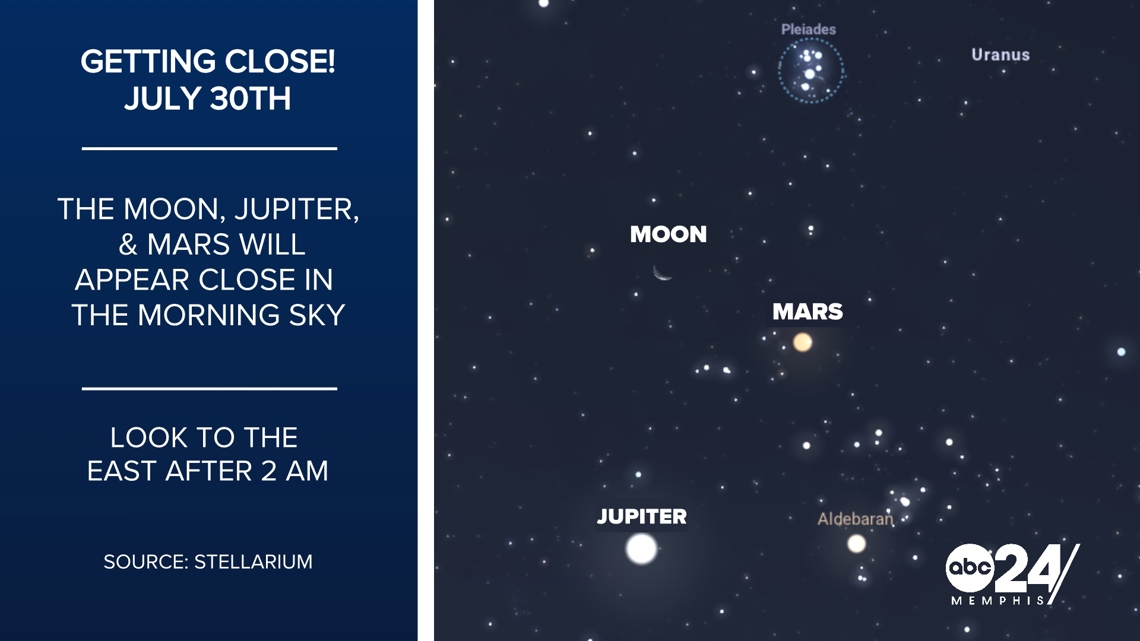
Looking at the weather over the next 7 days, Tuesday looks to be the main concern for poor night sky viewing conditions. Moisture from what is left over from Beryl will likely increase clouds and bring some rain to the Mid-South on that day.

